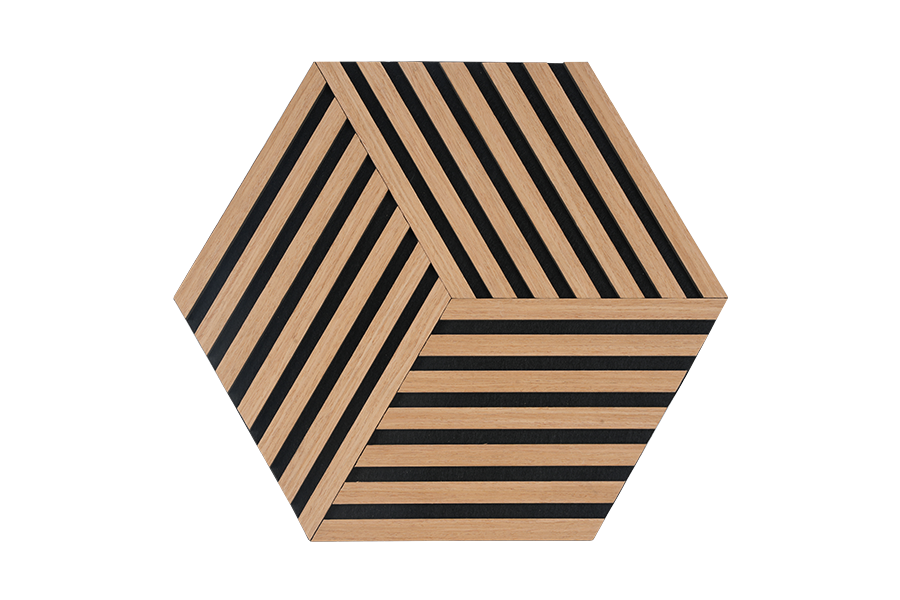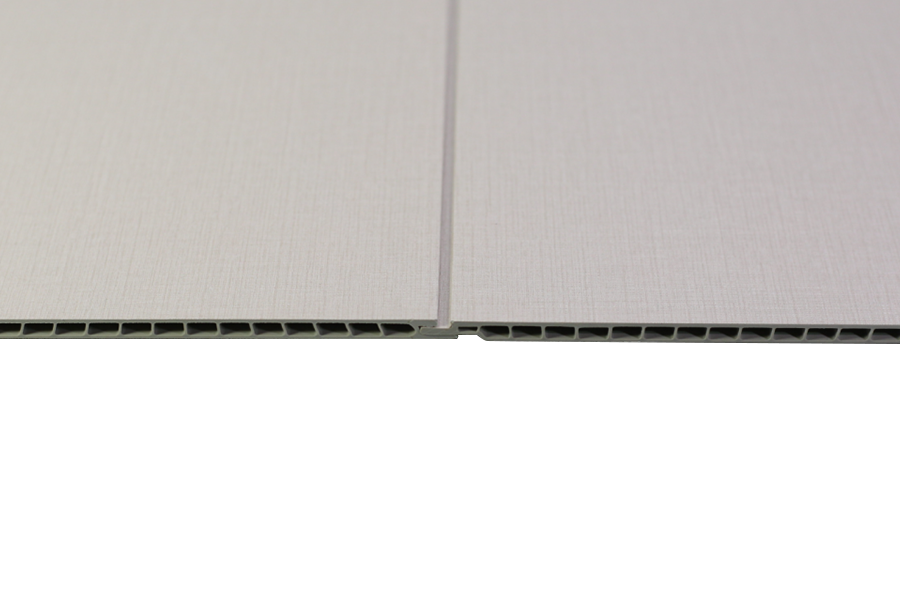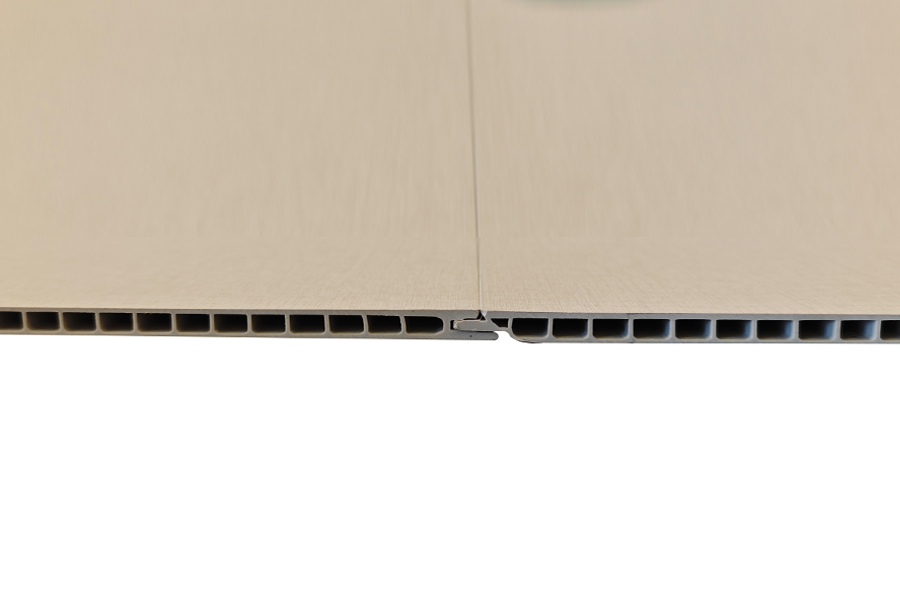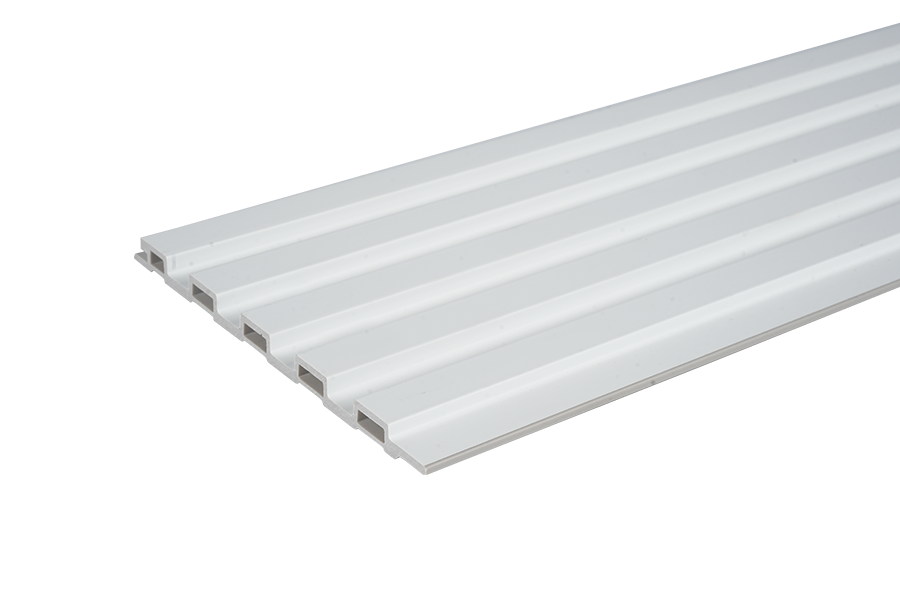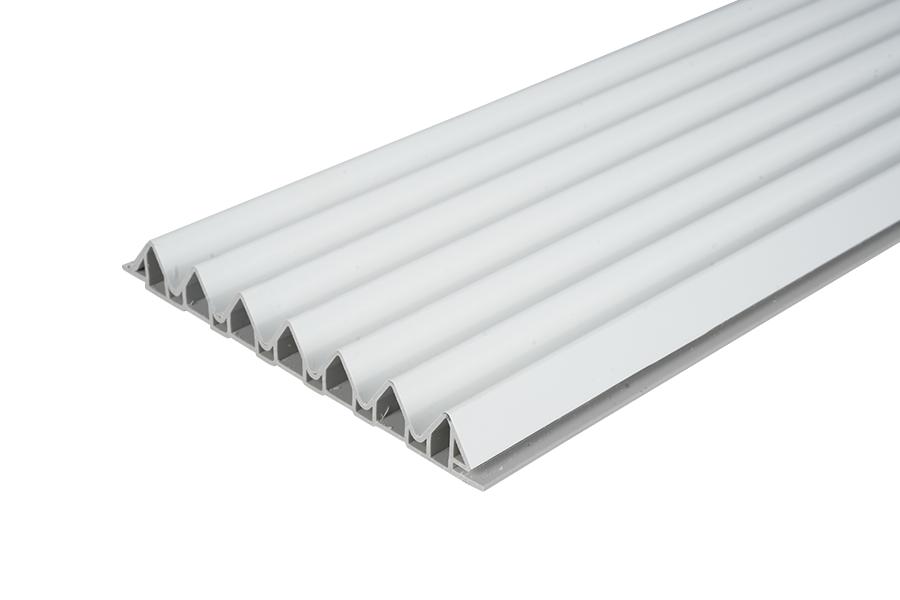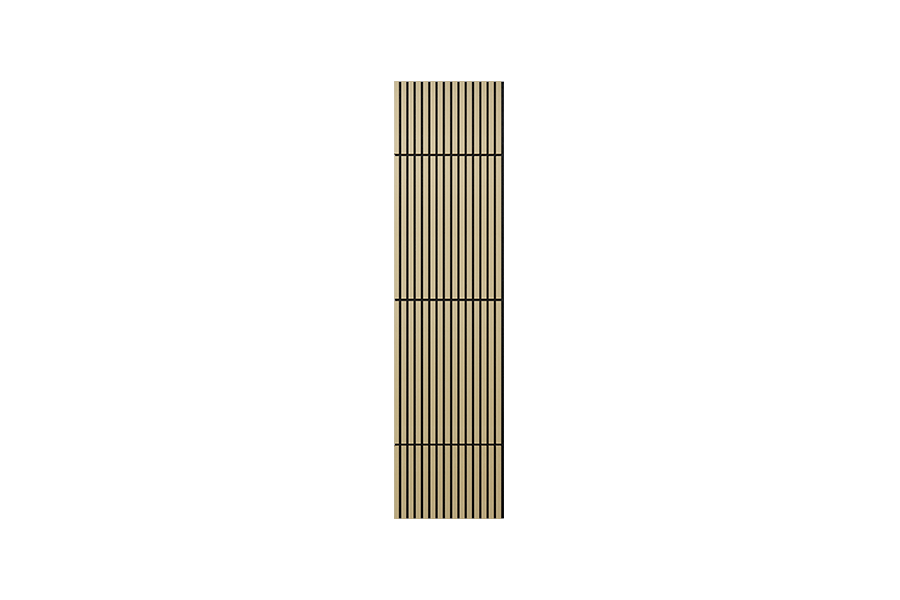When it comes to safeguarding a building against the devastating effects of fire, fire-resistant wall boards play a crucial role. These protective panels are designed to delay the spread of flames and smoke, buying precious time for occupants to evacuate and for firefighters to respond.
Understanding Fire Resistance
Fire resistance is a measure of how well a material can withstand exposure to fire without losing its structural integrity. It's crucial for wall boards in construction to have a high fire resistance rating to ensure the safety of the building's occupants. The three key terms—fire proof wall board, fire resistant wall board, and fire resistant wall panels—though similar, have nuances in their application and composition.
Material Composition
Fire proof wall board is made from materials that are inherently non-combustible or treated to resist ignition. Common materials include fiber-reinforced cement boards, gypsum boards with fire-resistant additives, and mineral wool boards. These materials are chosen for their ability to withstand high temperatures without compromising the structural integrity of the wall.
Fire resistant wall board, on the other hand, may include a variety of materials that are designed to slow the spread of fire. This can include engineered wood products treated with fire retardants, as well as composite materials that have a protective layer to delay the penetration of flames.
Fire resistant wall panels are similar to fire resistant wall boards but are often prefabricated in panel form for easier installation. They can be made from a variety of materials, including metal, which is naturally fire resistant, or they may be composed of layered materials that include a fire-resistant core surrounded by more aesthetically pleasing exterior layers.
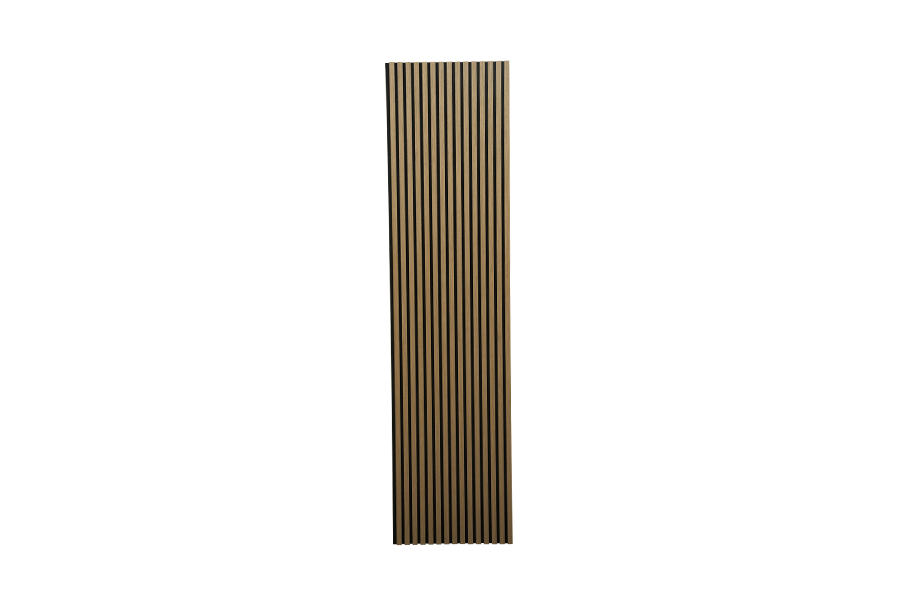
Cost Considerations
When considering the cost of fire proof wall board, fire resistant wall board, and fire resistant wall panels, several factors come into play. is the material itself; non-combustible materials tend to be more expensive due to their outstanding fire resistance properties. However, the long-term cost savings in terms of safety and reduced fire damage can offset the initial investment.
Fire resistant wall board can be more affordable, especially when using treated wood products or composite materials. The cost-effectiveness of these options makes them attractive for budget-conscious projects, but it's important to ensure that they meet the necessary fire resistance standards for the specific application.
Fire resistant wall panels, while potentially more expensive due to their prefabricated nature, can save on labor costs as they are easier and faster to install. This can be a significant factor in large-scale construction projects where time is of the essence.
Choosing the right fire-resistant wall solution is a balance between material properties, cost, and the specific needs of the project. Fire proof wall board offers high level of protection, making it ideal for high-risk areas. Fire resistant wall board provides a more budget-friendly option, suitable for areas with moderate fire risk. Fire resistant wall panels, with their ease of installation, can be a practical choice for both residential and commercial settings where a quick and efficient installation is desired.
Understanding the differences between fire proof wall board, fire resistant wall board, and fire resistant wall panels is essential for making an informed decision. By considering the material composition and cost implications, you can select appropriate solution to protect your building and its occupants from the threat of fire.






 Español
Español عربى
عربى русский
русский
